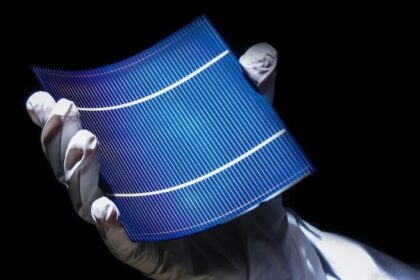In Switzerland, a canton recently converted a protective wall on a road into a solar wall. The structure can supply up to 52 households with energy.
Many countries around the world want to change their energy mix. Dirty energy sources such as coal or gas are to make way for sustainable alternatives. However, many cities and municipalities often face a problem. There is often not enough space for a wind turbine or solar park. A solution from Switzerland could now provide a remedy.
Our neighboring country also wants to achieve climate neutrality by 2050. To make this happen, the authorities there are constantly testing new concepts to increase the proportion of green electricity in their own grid. This is also the case in the canton of Appenzell Außerrhoden. The region in the north-east of Switzerland aims to cover up to 40 percent of its electricity requirements with renewable energies by 2035.
Solar wall consists of 756 solar panels
But what can a canton do if there is not enough space available? The local government asked itself this question and experimented with various scenarios. The result is a solar wall that runs right next to a main road. There, 756 solar panels recently found a new place of use.
The system generates a total output of 325 kilowatts. At the end of the year, the system generates up to 230,000 kilowatt hours. If we convert this figure to the average Swiss household, the canton can supply up to 52 additional households with green electricity all year round.
Construction comes from Germany and Switzerland
The system was installed by K2 Systems from Germany and Solarmotion from Switzerland. An anodized coating provides the necessary durability, as the system is exposed to a number of environmental influences due to its proximity to the main road. The vertical arrangement of the solar wall has a decisive advantage. If snow falls in winter, the panels do not have to be cleared.
In the long term, however, it remains to be seen whether such a construction is worthwhile in everyday life. The vertical arrangement means that less sunlight falls directly onto the panels, reducing their effectiveness. Nevertheless, Switzerland shows that even unusual solutions can help in the context of the energy transition.










